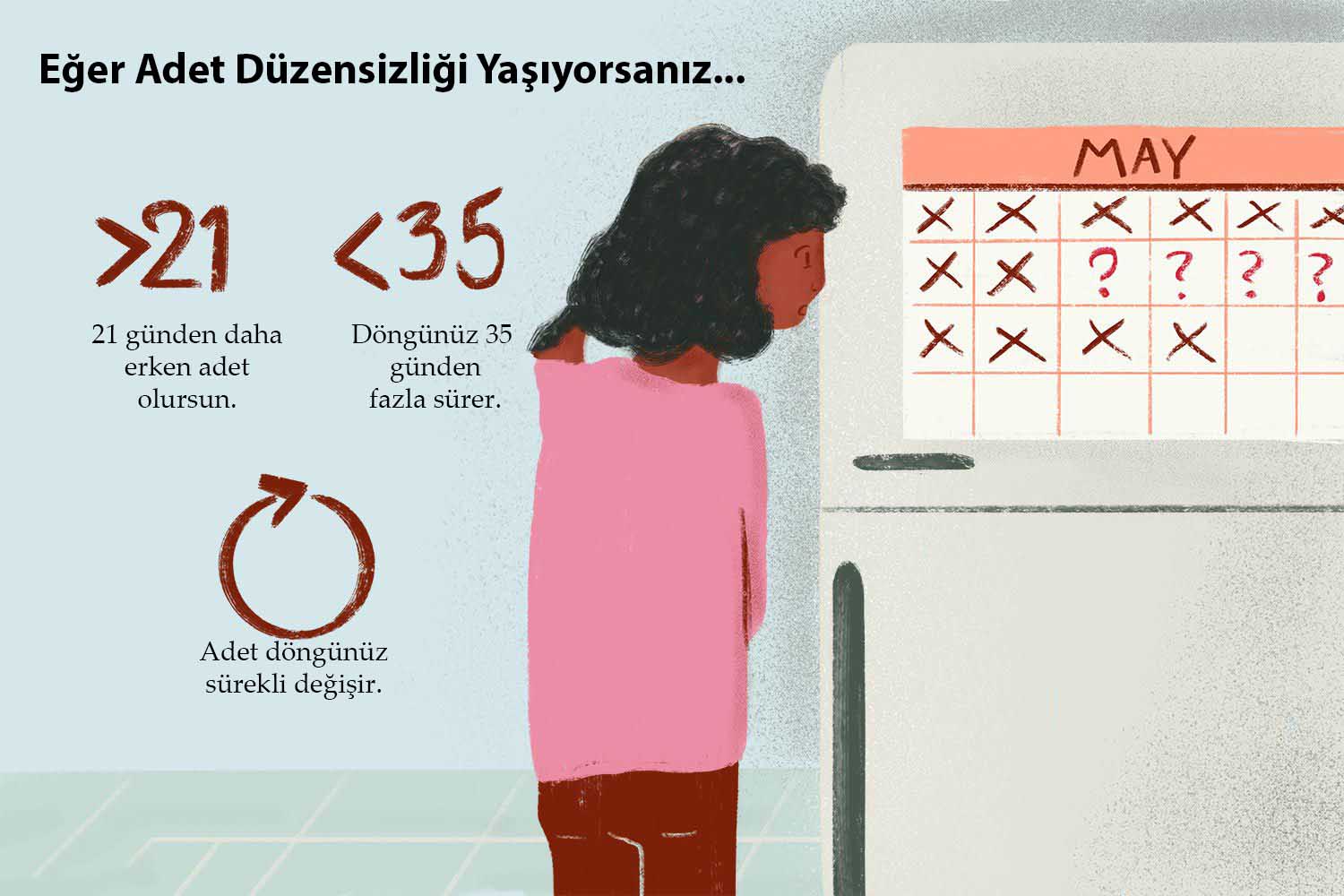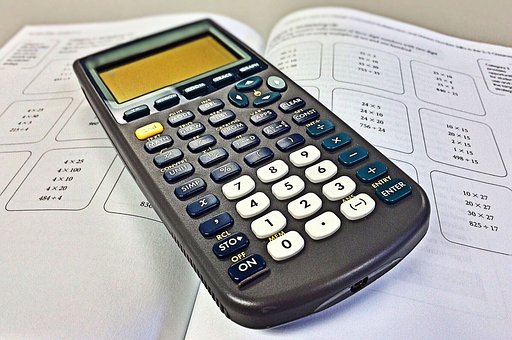300 ms to seconds: Understanding Milliseconds and Converting to Seconds

Introduction
In today’s fast-paced world, time is of the essence, and every second counts. The ability to convert time measurements accurately is crucial, whether you are a software developer or simply calculating the time it takes to perform a task. In this article, we will focus on converting milliseconds to seconds, with a particular emphasis on 300 milliseconds to seconds.
Understanding Milliseconds and Seconds
Before diving into the conversion process, it is important to understand the difference between milliseconds and seconds. A millisecond is one-thousandth of a second, while a second is the base unit of time measurement in the International System of Units (SI).
How to Convert Milliseconds to Seconds
The formula for converting milliseconds to seconds is quite simple. You divide the number of milliseconds by 1000 to get the number of seconds. So, for 300 milliseconds, the calculation would be:
Therefore, 300 milliseconds is equivalent to 0.3 seconds.
Why Is It Important to Know How to Convert Milliseconds to Seconds?
There are many reasons why knowing how to convert milliseconds to seconds is important. For instance, if you are a software developer, you may need to measure the performance of your code in terms of time. This requires an accurate understanding of time measurements and conversions.
In addition, when working with audio or video files, you may need to make precise edits that require you to work with time measurements in milliseconds. In such cases, being able to convert between milliseconds and seconds accurately can save you time and prevent errors.
Examples of Converting Milliseconds to Seconds
Let’s take a few examples of converting milliseconds to seconds:
- 5000 milliseconds = 5 seconds (5000/1000)
- 1200 milliseconds = 1.2 seconds (1200/1000)
- 750 milliseconds = 0.75 seconds (750/1000)
- 250 milliseconds = 0.25 seconds (250/1000)
- 9000 milliseconds = 9 seconds (9000/1000)
Common Mistakes When Converting Milliseconds to Seconds
One common mistake when converting milliseconds to seconds is forgetting to divide the number of milliseconds by 1000. This mistake can lead to inaccurate conversions and can cause errors in your calculations.
Another mistake is rounding up or down too early in the conversion process. It is important to complete the calculation first and then round up or down to the appropriate number of decimal places.
Tools for Converting Milliseconds to Seconds
There are many online tools and calculators available that can convert milliseconds to seconds quickly and accurately. Some examples include:
- RapidTables: This online calculator allows you to convert milliseconds to seconds, minutes, and hours.
- UnitConverters: This website provides a range of unit converters, including a tool for converting milliseconds to seconds.
- Convertworld: This tool not only converts milliseconds to seconds but also to other time units, such as minutes, hours, and days.
Conclusion
In conclusion, converting milliseconds to seconds is a simple process that requires basic math skills. However, accuracy is crucial, especially in fields such as software development and audio/video editing. By following the correct conversion formula and avoiding common mistakes, you can ensure accurate time measurements and calculations.






